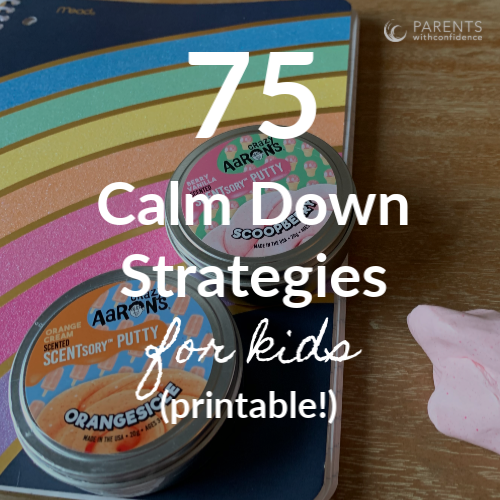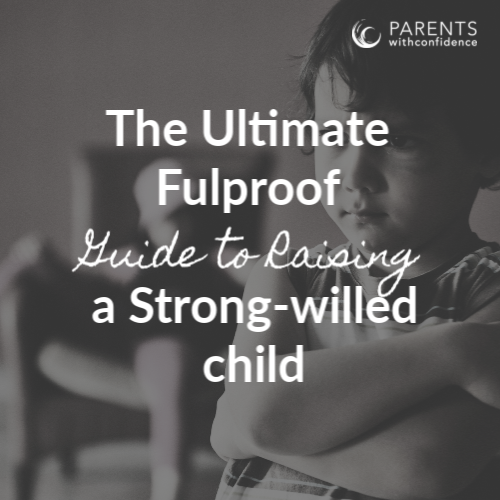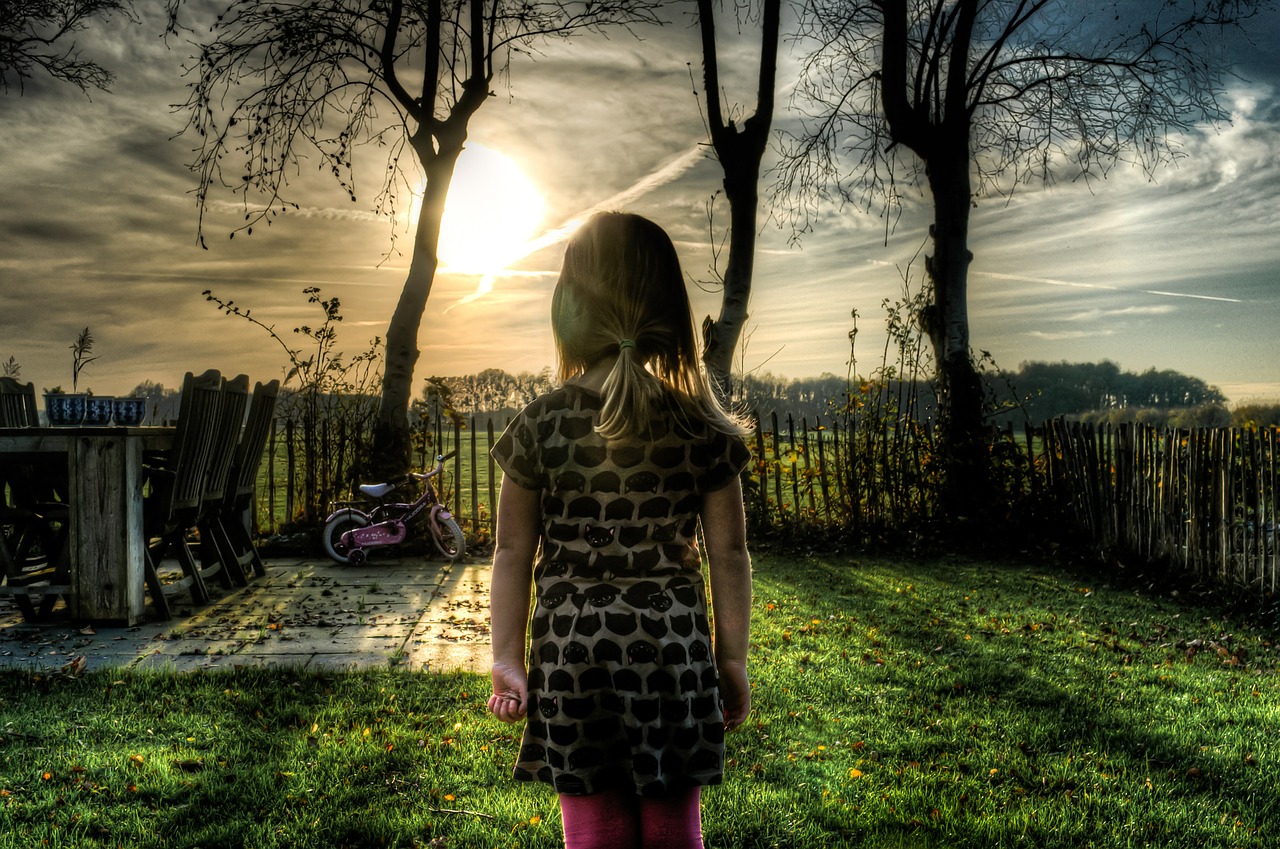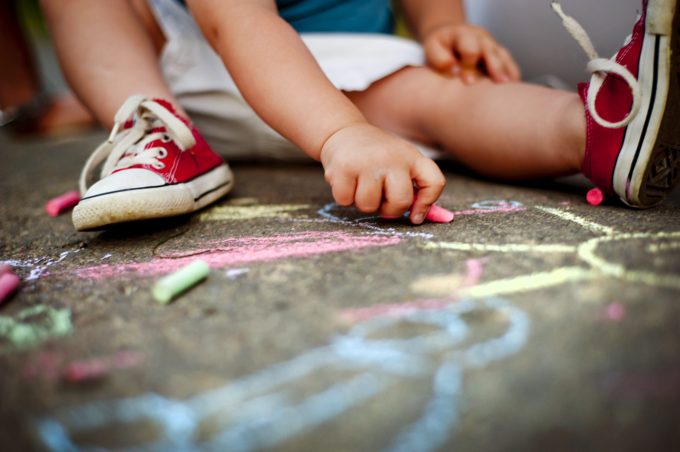6 Guaranteed Ways To Boost Your Child’s Emotional Regulation Skills
⭐️Free 9-page Expert Master guide⭐️>> 5 Secrets to MORE cooperation and LESS conflict with your strong-willed child (Click here to grab)
Inside: Learn the most common mistake parents make when helping to build their child’s emotional regulation skills and what approach is proven to work.

When it comes to teaching our child emotional regulation skills in challenging situations, the majority of parents fall victim to the same oversight- and it’s a biggie.
On any given day, we watch our child’s stress rise while they sit in the waiting room for a delayed appointment, get their toy snatched away by their brother, or get turned down on the third request for another popsicle.
We can see their tension building as their voices get stronger, and bodies get faster…then comes the massive meltdown, smack on little brothers back or a toy being thrown.
We see these big behaviors and think with fear “oh no! he’s got to learn that’s unacceptable!” and quickly send them to time-out or dole out a consequence or stern lecture.
The thing is, this approach is missing the mark.
We all want to give our children the skills to manage the intense emotions and situations that are an inevitable part of daily life, but in doing so we’ve been missing a key point in regards to anger management for kids and self-regulation.
What is Self-Regulation?
Self-regulation is the ability to manage your emotions and behavior in accordance with the demands of a situation.
It’s a set of skills that enables your child to inhibit their emotional or behavioral responses and direct their behavior towards a goal, such as making it till the end of the birthday party for the cake to be served or not hitting their friend so as to have an enjoyable playdate.
Check out >> 75 Best Calm Down Strategies for Kids
Essentially, a child’s emotional regulation skills boil down to how they manage incoming and outgoing stress.
Research consistently shows that self-regulation is necessary for social-emotional and academic success and well-being and is one of the most important skills for our child to develop.
Here’s where we’ve gone wrong
You know these little beings we’ve been commanding to “get control of yourself!”?
Most of them are not even close to being developmentally capable of regulating their emotions and behaviors independently.
The part of the brain responsible for impulse control and a multitude of self-regulation tasks is underdeveloped in children, in addition to all their sensory systems being immature (which are responsible for taking in and processing information from the environment all day long).
A young child is oftentimes rendered physiologically unable to calm down by themselves.
An exponentially more effective way to approach expanding your child’s emotional regulation skills is to envision an active partnership (known as co-regulation) for building self-regulation.
While this concept is seemingly basic, it’s more challenging than it sounds. Take a second to call to mind how you feel and react when your child is in the throes of an emotional meltdown.
Many of our instincts echo something reminiscent of “get. me. outta. here!” which is why we are quick to order our child away to their room or to the corner.
Our own stress response urges us to move away from our child when they’re floundering, when in fact what’s desperately needed from us when helping our child deal with anger and other intense emotions is for us to move toward them.
It is, in fact, a caregivers calm and steady physical presence (due to a child’s hard-wired need for connection) that fills the gap of developmental immaturity during the time’s a child feels and acts out of control.

If you can adopt this research-grounded mindset and step up in a spirit of collaboration with your child, these 5 steps are guaranteed to improve your child’s emotional regulation skills with time.
6 Steps to improved emotional regulation skills
Step 1: Model positive emotional regulation skills for your child.
It should go without being said, but your child is almost always watching more than listening.
How you identify and respond to the stressors in your daily environment will be the best teacher and example when it comes to how to help an emotionally intense child. (This one’s pretty straightforward but likely requires some self-reflection homework on your part).

Step 2: Help your child be a stress detective.
All children have particular situations, environments or sensations that create excessive stress for them, whether it be the common scenarios of lack of sleep and hunger or more particular things such as sensitivity to loud noises or transitioning away from electronic devices.
Discovering our emotional triggers is also one of the most common anger management activities for kids.
If you’re not sure where to start when finding situations that are challenging for your child start by noticing when and where they present challenging behaviors such as whining, defiance or emotional meltdowns.
Helping your child cultivate an awareness of what consistently causes stress for them build’s important skills of anger management for kids and empowers you both to prepare ahead of time for greater success.
Pssst….Ready for a ‘crash course’ on helping your child with Emotional Regulation? Here it is.
Step 3: Empower your child with knowledge.
In my therapy practice, I teach my kiddos about their brain using the hand model from Dr. Dan Siegel which breaks down the neuroscience of their emotions in a simple way by looking at the upstairs brain (thinking) and the downstairs (emotional brain) and how our thinking brain goes offline when our emotions are running high.
This is the brains typical and healthy response to stress so it’s important to normalize this for them, as the feeling of being ‘out of control’ can be disconcerting and anxiety-provoking for many kids.

After we familiarize with brain basics we talk about the bodies ‘anger warning signs’. How do your emotions manifest physically in your body? Do your palms get sweaty? Maybe you notice your heart pounding? Helping kids notice the physiological signs of anger is the first step in promoting concrete internal signals that promote self-awareness.
Step 4: Teach the basics of emotional intelligence.
Emotional Intelligence is defined as the ability to recognize, understand and manage our own emotions and the emotions of others.
Emotional intelligence concepts are a huge part of emotional regulation and square one is making sure your child has a wide emotion vocabulary. Identifying emotions is the first step to working through them, so teaching kids that there are MANY different emotions and labels for various emotions, allows them to take the first step of working through them.
Using visual tools is a great way to do this, check out my emotions for kids bundle for toddlers through early elementary ages to help kids learn to manage their emotions.
Step 5: Explore coping strategies together.
The next step after identifying the emotion is helping them find healthy and productive outlets for their intense emotions.
Every child’s nervous system and sensory system is unique, so it is realistic to expect a LOT of trial and error, and to also expect that what works will change over time!
A few questions to get you thinking about what soothes your child: Is there a particular space your child finds calming? Where do they run when upset or frustrated? Do they seem to calm with physical touch or appear to avoid it? Do they prefer to be around others or respond better to quiet solitude?
Step 6: Mindfulness and breathing practice.
First off, our bodies and minds are inextricably linked so some very simple things parents can do off the top to help a child with self-regulation are keeping consistent routines, meals, and bedtimes which all boost your child’s emotional regulation skills.
There is a lot of research showing us the power of taking good quality breaths and how this soothes and calms our nervous system. It’s the first thing I teach kids in my therapy practice. In order for our child to seek out a state of calm, they need to know how it feels to be calm.
There is so much research on mindfulness and its ability to regulate our emotions and behaviors by strengthening our prefrontal cortex (the part of our brain that shuts down when your child is upset).
Incorporating simple mindfulness practices into the day goes a long way to keep your child’s baseline emotional arousal level lower in addition to giving them an amazing calming strategy they can use anywhere at any time.
There is hope for improving your child’s emotional regulation skills
While it may not seem like it mid-meltdown, when you move away from being an emotional referee and begin to view yourself as an emotional guide, with dedication and development, the fruits of your labor will be more and more evident in the way your child interacts with the world around him. With time, you will begin to see them putting the pieces of self-regulation into practice when things don’t go their way.
There is hope for improved emotional regulation for all children, regardless of any challenges they may face emotionally, behaviorally or environmentally.
There isn’t a single child who, with understanding and patience, can’t be guided along a trajectory that leads to a rich and meaningful life. -Dr. Stuart Shanker
P.S.Looking for more tools to help support your child’s emotional regulation skills?
Check out my ‘Calm Kids Set’ which includes everything you need to start giving your child the most valuable skills for lifelong wellbeing- emotional regulation and emotional intelligence!
Other articles you’ll enjoy:














This theory is great but so hard to achieve in practice. We have tried many different approaches with our still tantruming 8 yr old son. He behaves perfectly at school (excellent yr end report recently) but melts down at the slightest thing at home. He has a cosy corner in his room to calm down but we can’t get him to go to it when he is full flow. He is increasingly violent towards my husband and I when we try to intervene. He wants to ‘calm down’ watching tv but turning the tv off e.g. at meal / bedtime is what often triggers the anger. He also has problems turning off technology but that is limited because of this. Any suggestions on how we can get him to recognise the need to calm down in the agreed space?!
Such a hard situation I empathize with you 100%. You’re hitting the nail on the head with the idea that the intervention needs to happen before he is completely dysregulated. A great step would be to sit down and talk about how anger feels in his body when it’s starting to rise. The more he can become self-aware of when his stress level is rising the better the odds of engaging successfully in a calming strategy. Another suggestion is to problem solve around better choices when he is calm and create visuals to help with follow through. I think you’d really appreciate the content I share on my other facebook page (which strictly relates to children’s mental health)…I am around the page often doing fb lives on topics like this. https://www.facebook.com/childrensmentalhealthrocks/
Really appreciate your work and sharing it with us. Thank you so much!
Clara
https://kidzjigz.com.au/